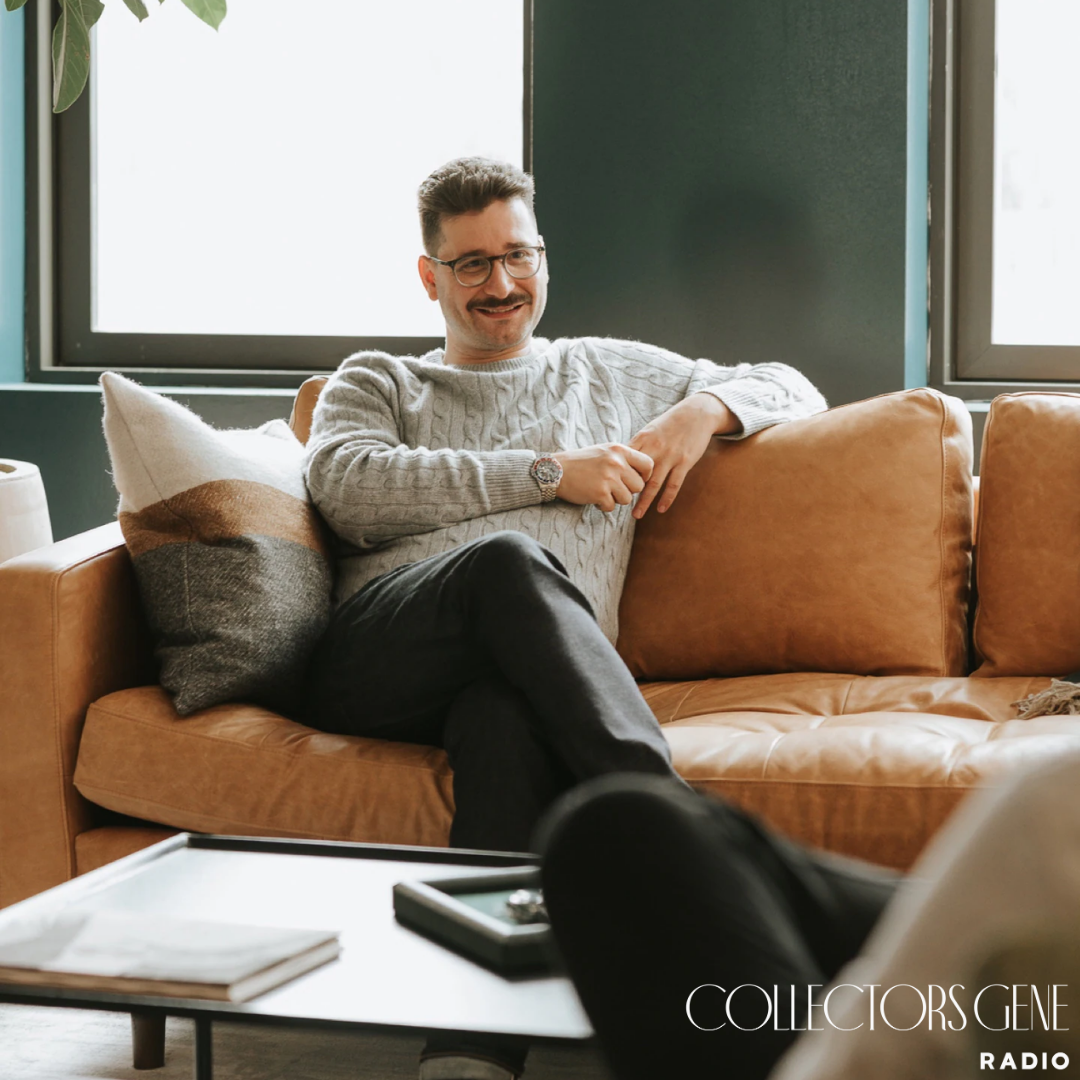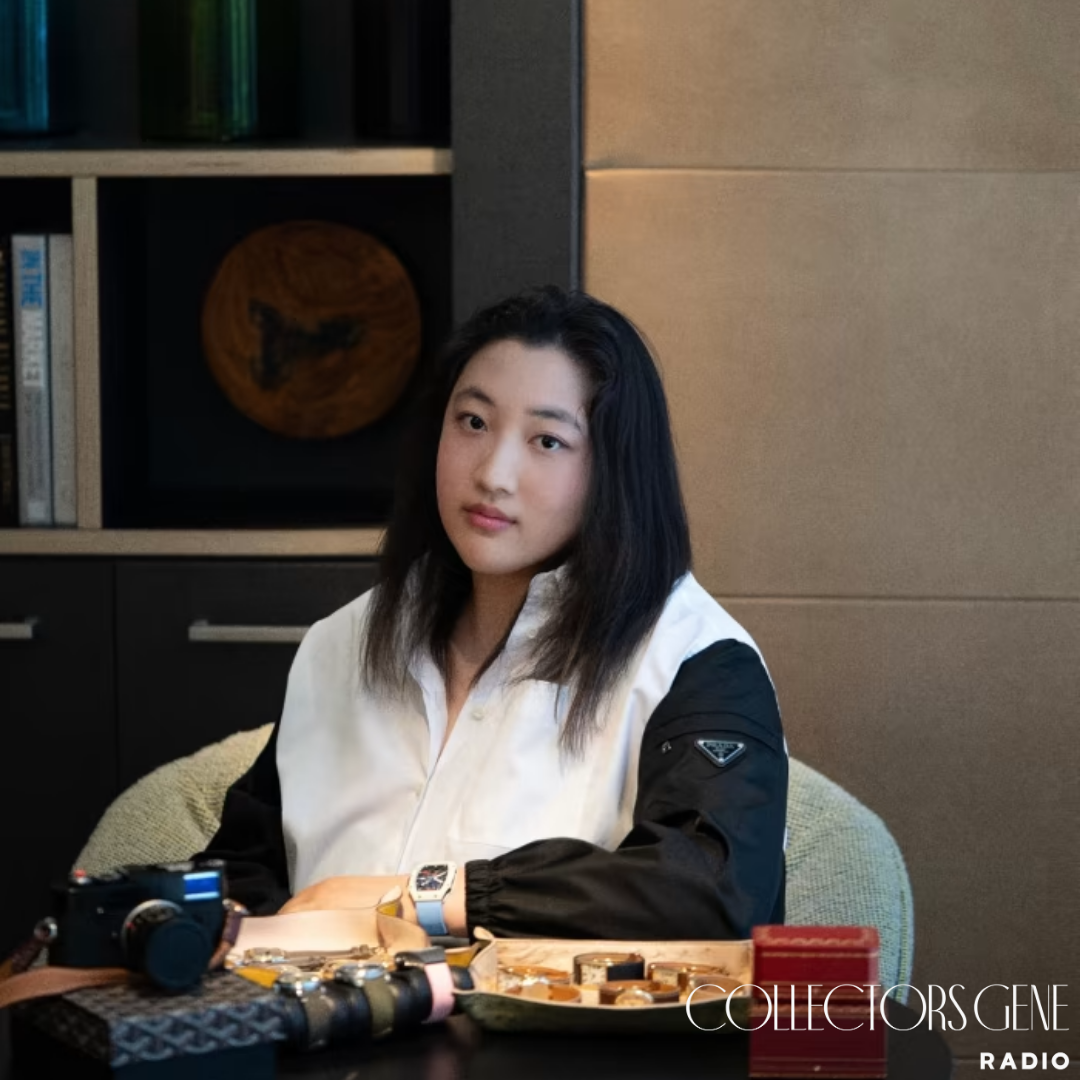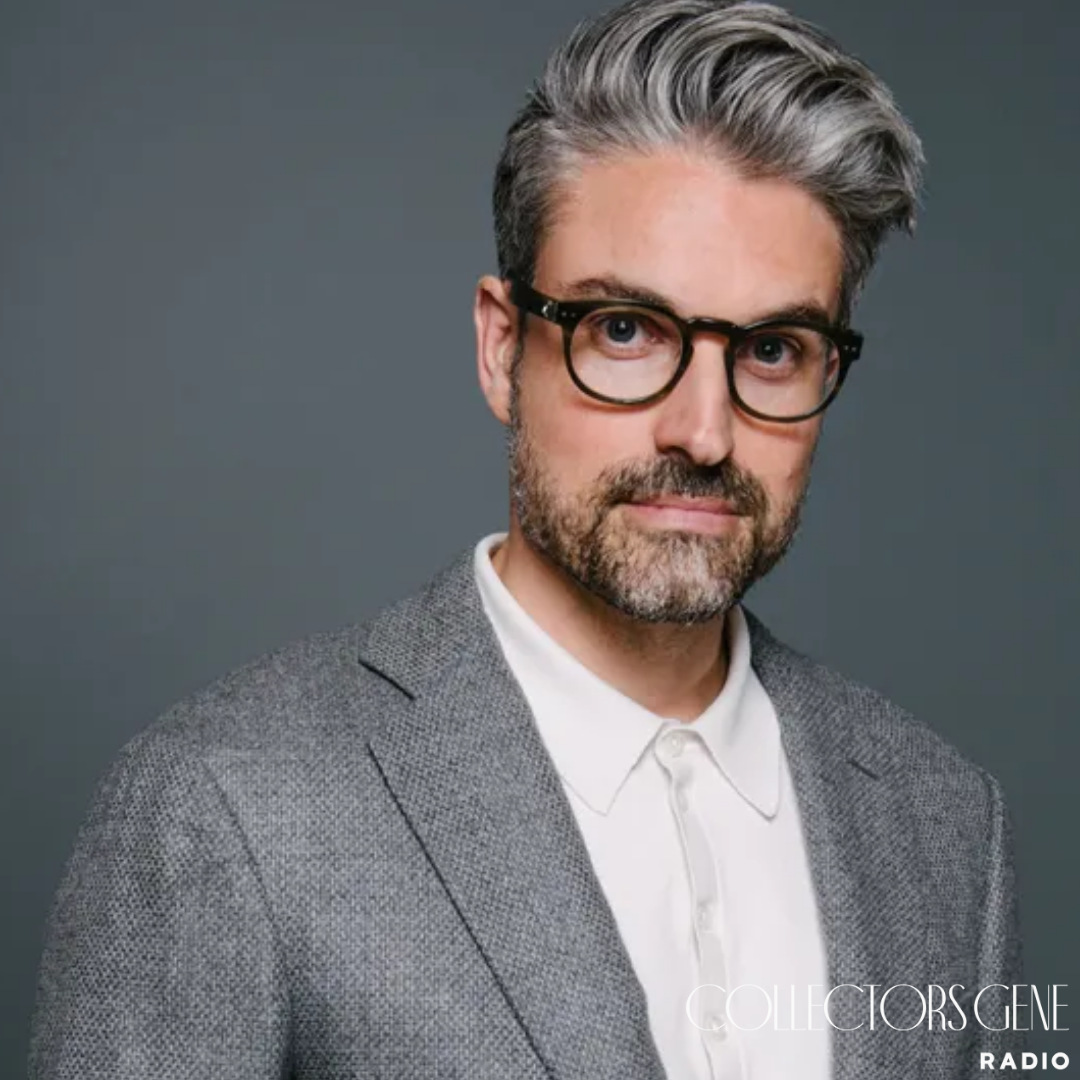Spend enough time in the watch world and certain names carry a different weight. They’re the ones whispered at auctions, referenced in every market write-up, or dissected in Instagram comment threads. Eric Wind is one of those names.
Founder of Wind Vintage, Eric has built a reputation on honesty, taste, and an almost stubborn devotion to vintage watches. His career has taken him through Christie’s and Hodinkee, and now he’s at a place where collectors, journalists, and even Hollywood come knocking. Whether it’s sourcing watches for Crazy Rich Asians, guiding Aly & AJ into vintage Audemars Piguets, or collaborating on fun modern projects with Seiko and Rowing Blazers, Eric has become one of the most visible and trusted voices in the field.
But what struck me most in this conversation wasn’t just the access or the pedigree. It’s that Eric is motivated by a mission bigger than his own business: ensuring vintage watches remain relevant, exciting, and alive for decades to come.
The Wind Vintage Ethos
When Eric left Christie’s and launched Wind Vintage in 2017, it wasn’t a calculated move to dominate the market. It was about independence. At auction, he had seen incredible pieces pass through his hands, but he also saw how impersonal and transactional that world could become.
His approach is deliberately different. He sources carefully, emphasizes originality and condition, and treats relationships as the core of the business. Many of his best watches never appear on the site at all but move quietly between collectors he knows and trusts. That continuity builds confidence in a way hype listings never could. In his words, it’s stewardship, not speculation.
Vintage in the Spotlight
Eric’s reach extends far beyond the inner circle of watch forums. Hollywood projects, celebrity clients, and partnerships with fashion-forward brands have helped introduce vintage to audiences that might otherwise never engage with it.
One of my favorite examples is his collaboration with Aly & AJ. It wasn’t about flipping the hottest Rolex; it was about helping them find watches that felt personal, wearable, and part of their identity. That same philosophy shows up in his Seiko x Rowing Blazers projects, where affordability meets thoughtful design, or in his work curating vintage for retailers like Kith and Mr. Porter.
The message is consistent: vintage belongs everywhere, not just in vaults or auction catalogs.
Condition, Originality, and Pragmatism
Spend five minutes talking watches with Eric and you’ll hear it: condition comes first. For him, originality outweighs shine, and patina is often the best evidence of a watch’s integrity.
That doesn’t mean he’s dogmatic. He’ll advocate for stabilizing crumbling lume if it preserves a dial, or accept sensitive restoration when it’s fully disclosed. The key is transparency. Buyers deserve to know exactly what they’re holding, and pricing should reflect those choices.
It’s a measured approach in a field where absolutes often dominate the conversation. And it’s part of why collectors trust his eye.
Reading the Market
We also dug into how the market has shifted. Modern hype references like the Nautilus, Royal Oak, Daytona had their meteoric rise and inevitable cooling. Vintage, meanwhile, has remained steady, even resilient.
Yes, weaker examples don’t fetch what they once did. But top-quality pieces continue to command respect. Unlike modern production, which rolls off the line in endless numbers, vintage is finite. Each watch is its own artifact, and that scarcity paired with history gives the category staying power.
Eric compared it to a long-term partner: it ages with you, reveals new qualities over time, and never loses relevance, even as trends come and go.
Watches as Part of Life
One theme that stood out was how Eric thinks about watches as part of a broader lifestyle. He admires collectors who actually wear their pieces, whether it’s a Vulcain Cricket on stage under hot lights or a vintage Datejust at a family dinner.
That ethos is why collaborations with fashion brands make sense for him. Watches aren’t meant to be siloed off. They sit alongside clothing, furniture, and music as part of how we express ourselves. Collecting, in Eric’s eyes, isn’t just about ownership but about living with objects that connect us to history and identity.
The Collectors Gene Rundown
The One That Got Away: A razor-sharp Patek Philippe ref. 1518 that slipped out of reach during his Christie’s days. It wasn’t just the watch, it was the condition, the story, and the moment.
The On Deck Circle: Eric is always chasing the unusual, but lately he’s been especially interested in overlooked mid-century dress watches, pieces that combine elegance with technical intrigue, often at a fraction of the price of sport models.
The Unobtainable: Beyond the fantasy of platinum Patek 2499s, Eric admits he’s fascinated by watches locked away in brand archives. Knowing they exist but will never surface adds a strange poetry to the hunt.
The Page One Re-Write: If he could go back, he’d buy more watches tied to provenance. Pieces with documented ownership that tell a human story, not just a reference number.
The GOAT: He admires collectors who push beyond the obvious: the quiet ones curating quirky Vulcains, funky Universals, or crisp Omegas with the same seriousness others reserve for big-ticket Pateks.
The Hunt or The Ownership: For Eric, the hunt is where relationships form, from late-night calls, to comparing notes, to the shared adrenaline of discovery. Ownership matters, but it’s the chase that builds community.
Do You Feel That You Were Born With The Collector’s Gene?: Absolutely. From coins to cards to watches, the instinct was always there. What’s changed is the medium; the impulse to chase, preserve, and share has remained constant.
Closing Thoughts
Eric Wind’s career is proof that collecting, at its best, is about more than transactions. It’s about knowledge, honesty, and keeping history alive through the objects we care for. Vintage doesn’t survive by accident; it survives because people like Eric are willing to champion it, to educate others, and to show how these watches still matter in daily life.
If vintage watches remain relevant fifty or a hundred years from now, it’ll be because of voices like his, people who see collecting not as a flex, but as a responsibility.





